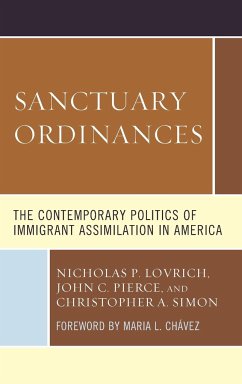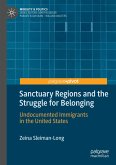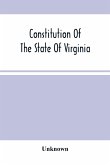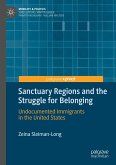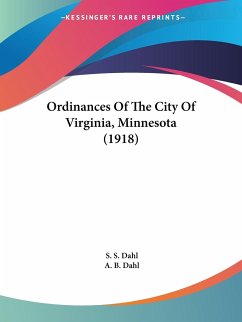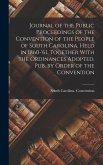The book examines contemporary immigration policy and immigrant assimilation with a focus on the adoption of sanctuary ordinances in US local governments in connection with Latino in-migration. It also investigates the adoption of anti-immigrant settlement local ordinances in many local governments with particular focus on local law enforcement positions taken on enforcement of federal immigration laws. The book investigates a wide range of county-level characteristics of 3,000+ U.S. counties (e.g., socio-economic and demographic traits, political culture, social capital, religious denominations present, etc.) to identify correlates of pro- and anti-immigrant settlement. The book also features the analysis of a national survey and three targeted surveys in pro-immigration (San Francisco), divided (Maricopa), and anti-immigration (Tulsa) counties to explore the individual-level factors associated with sentiments on immigration policy. Finally, the book presents findings from two case studies where active encouragement of Latino settlement (Twin Falls, ID) and active opposition (Hazleton, PA) characterize local reaction to Latino in-migration. The mixed methods study leads the authors to conclude that a funnel of causality concept, path dependency, pro-social attitudes, and the concepts of moral panic and moral dialogue collectively lead to great insight into the question of why some communities are open and accepting while others are exclusionary.
Hinweis: Dieser Artikel kann nur an eine deutsche Lieferadresse ausgeliefert werden.
Hinweis: Dieser Artikel kann nur an eine deutsche Lieferadresse ausgeliefert werden.

